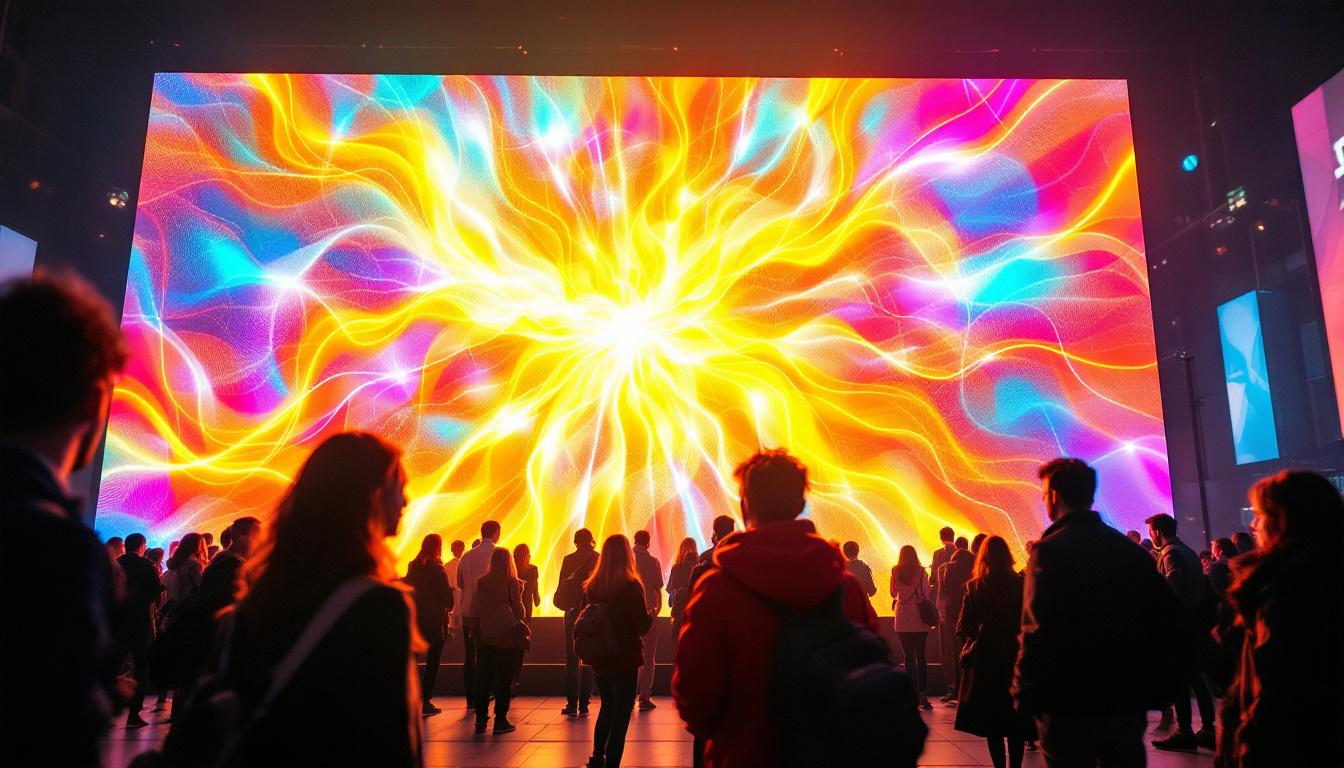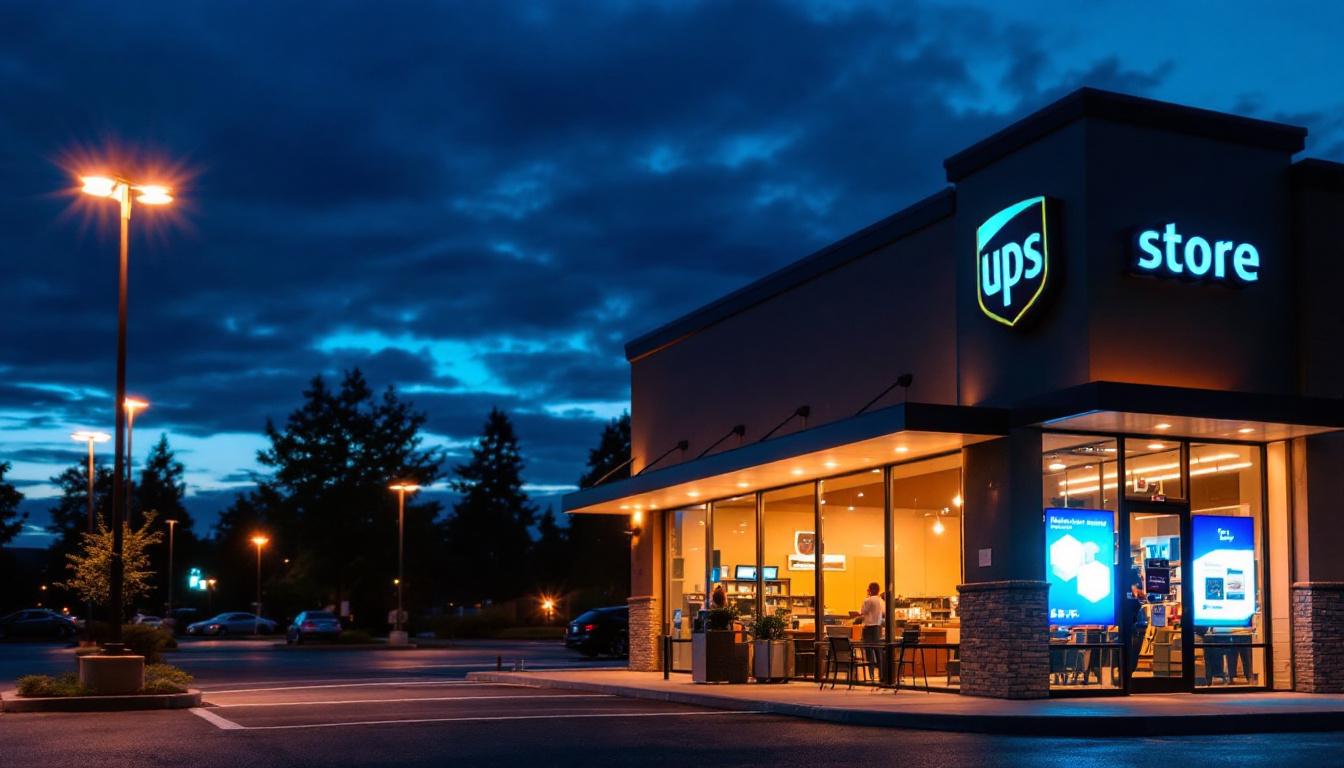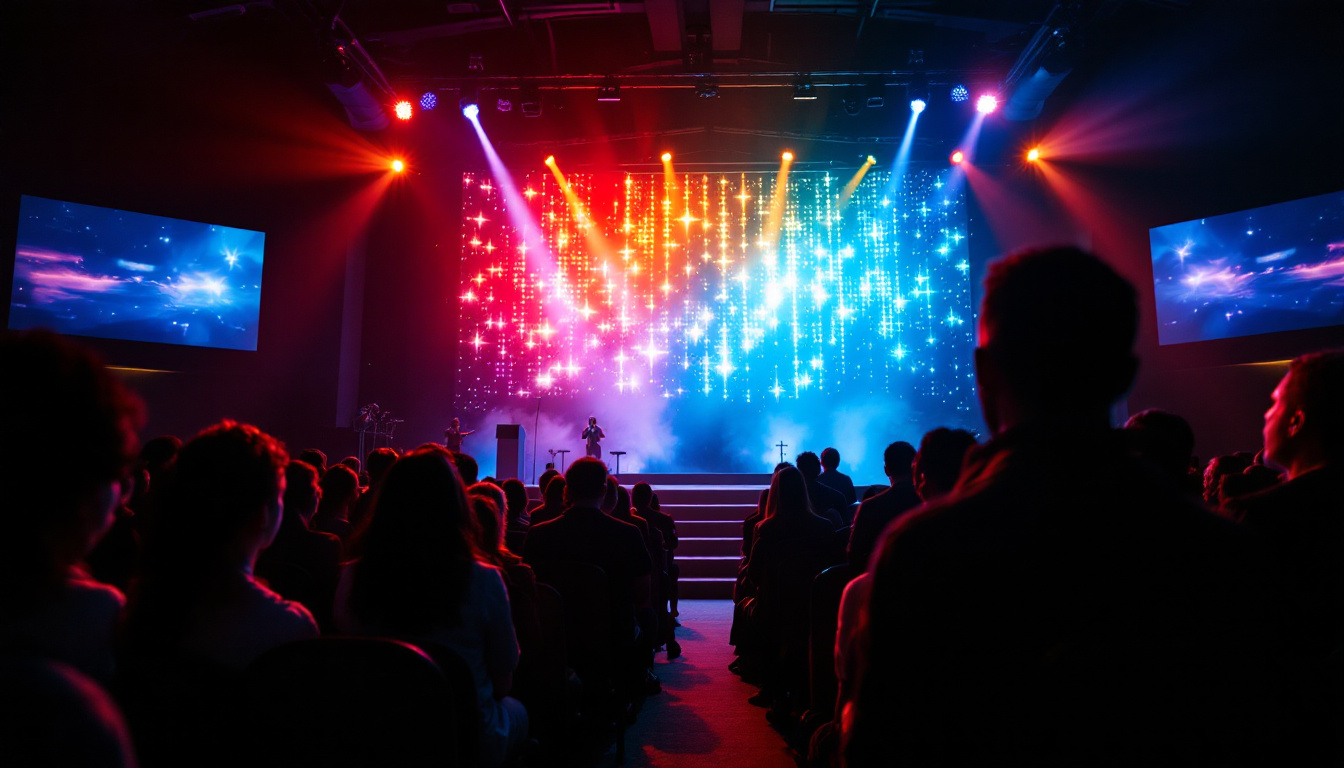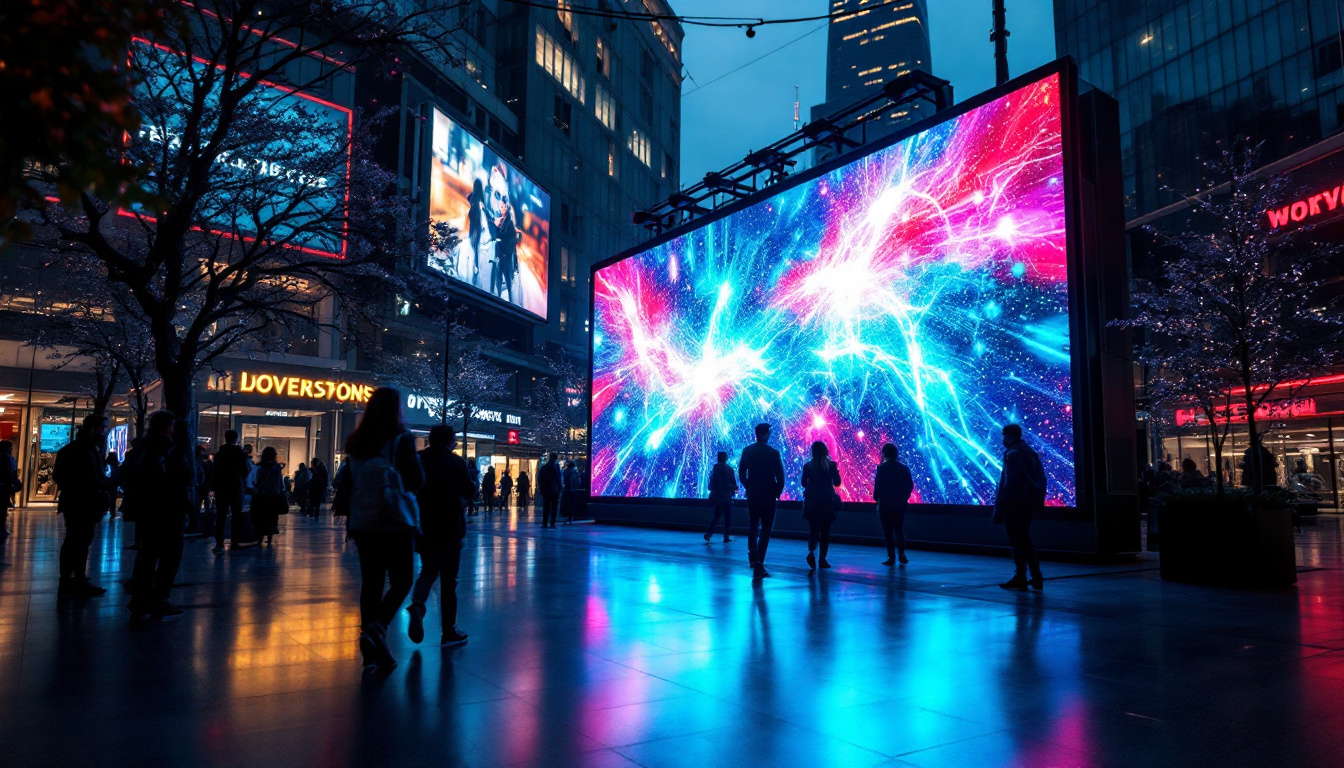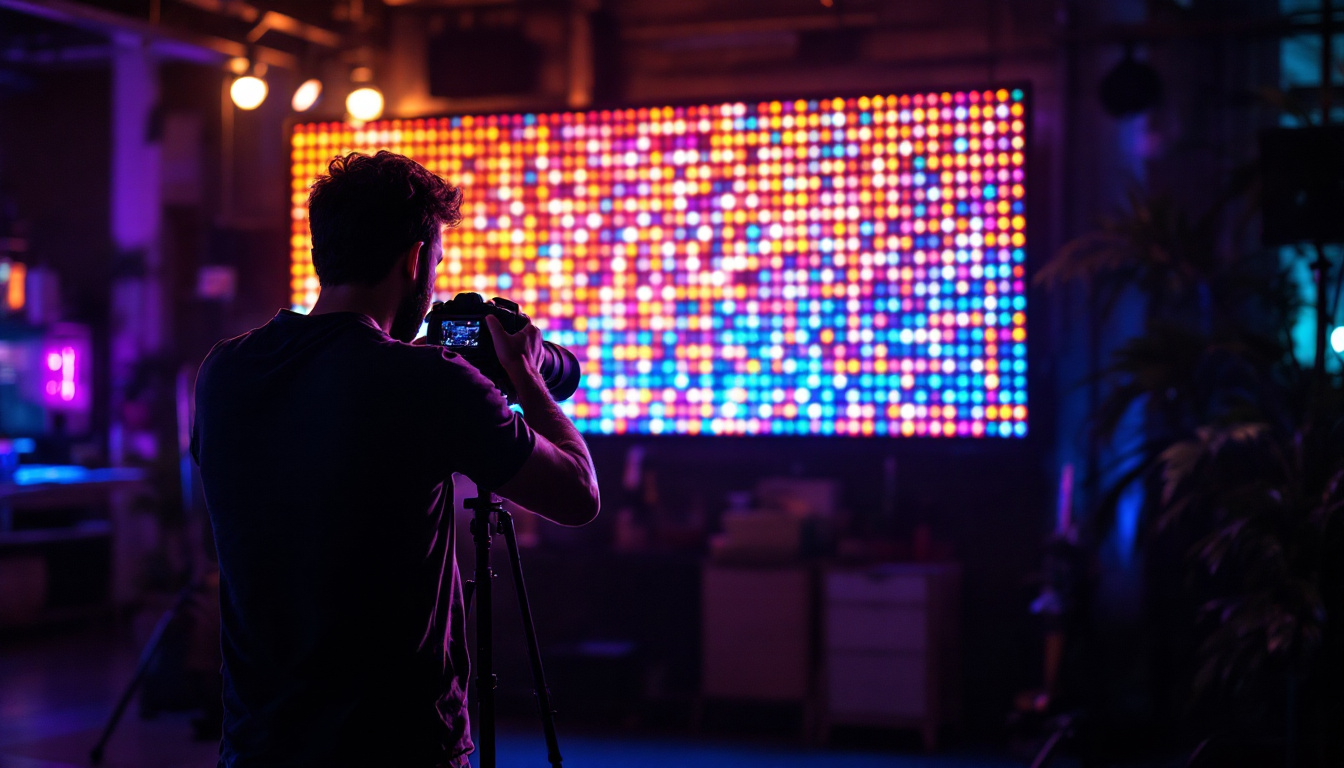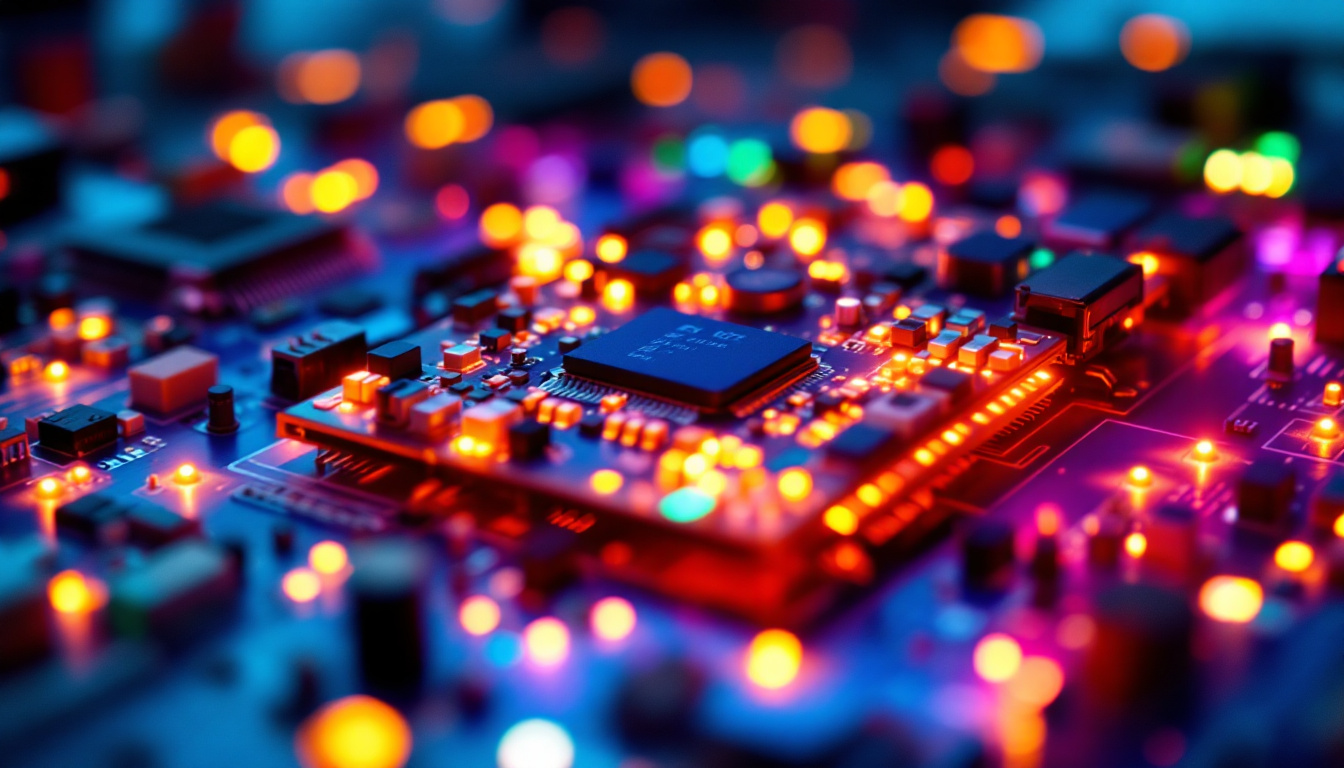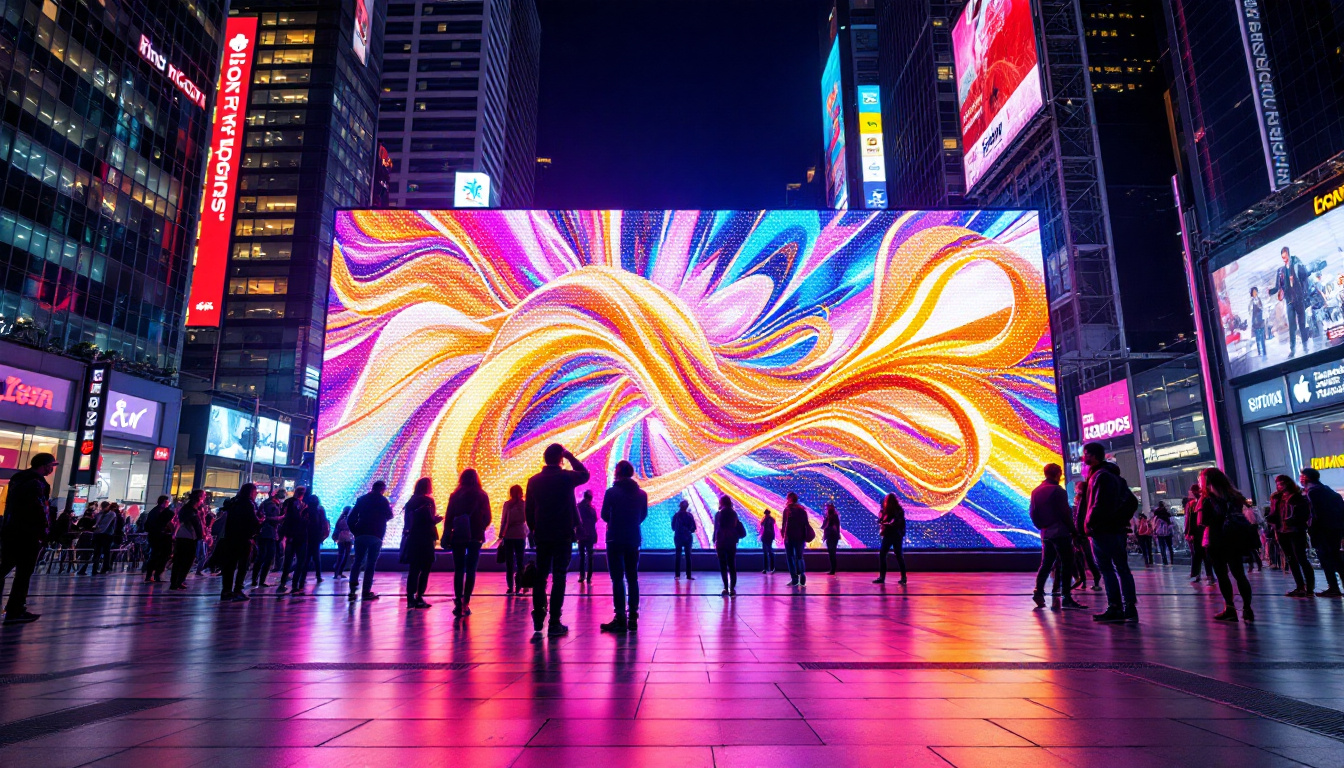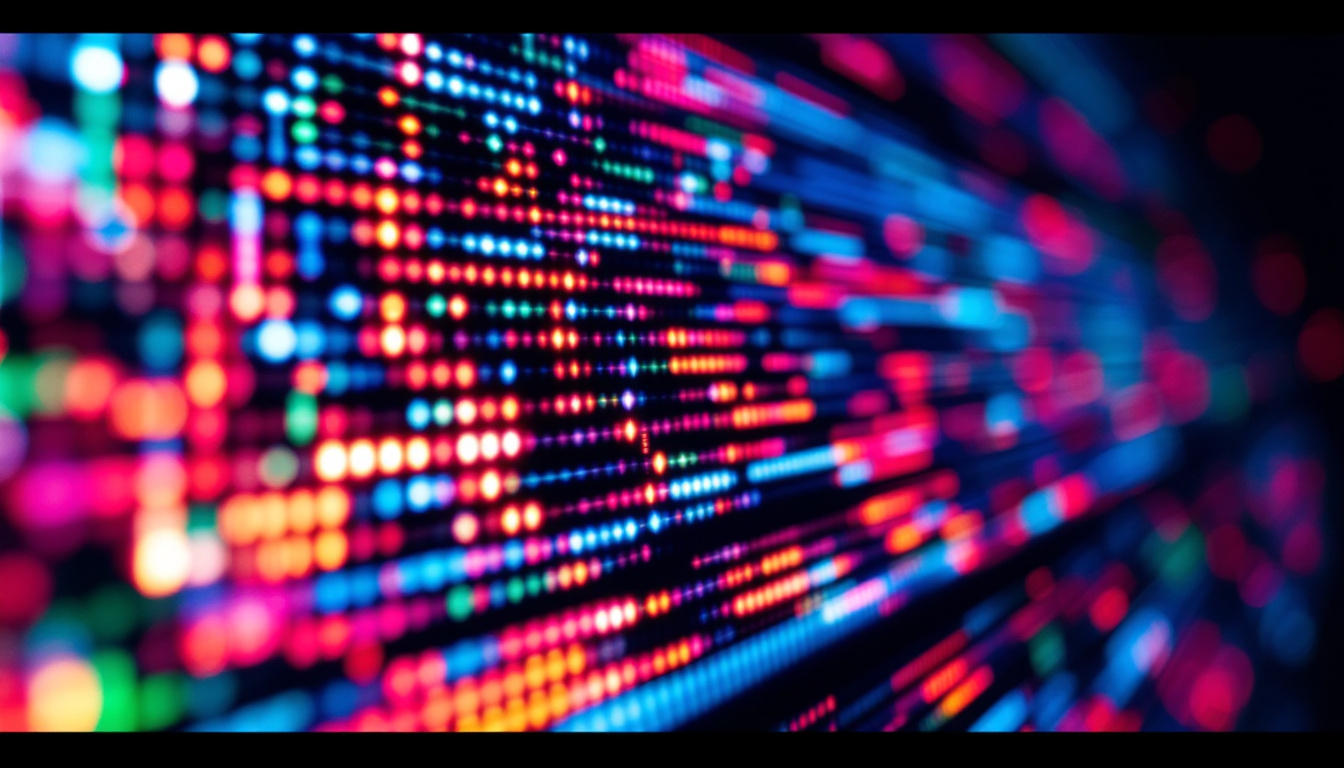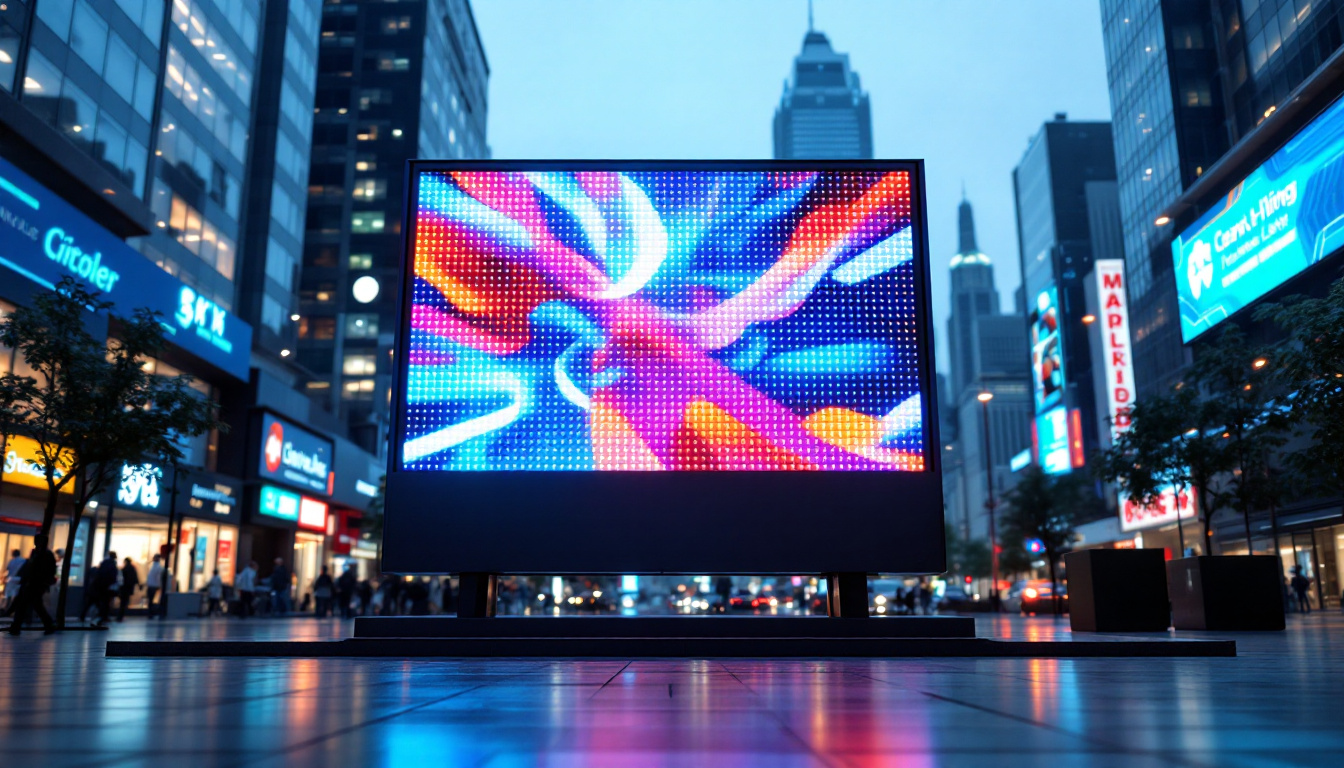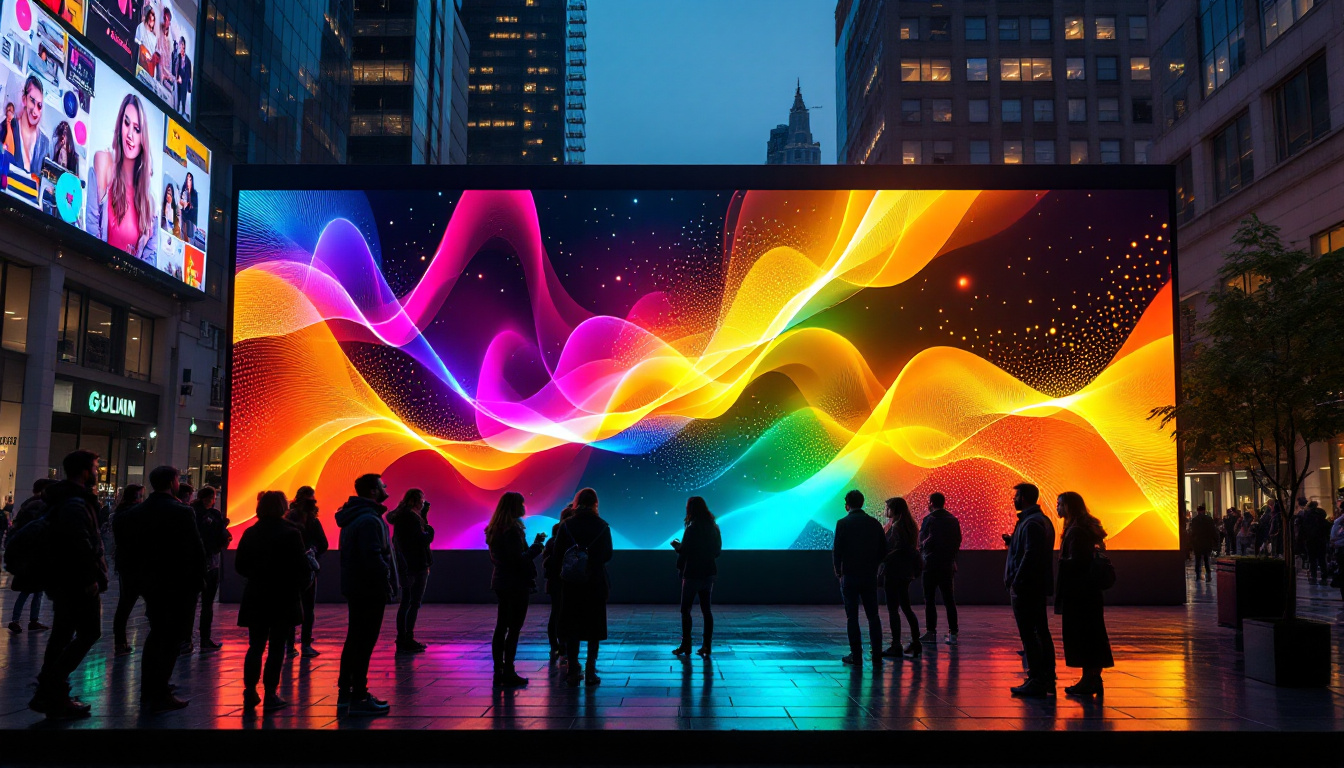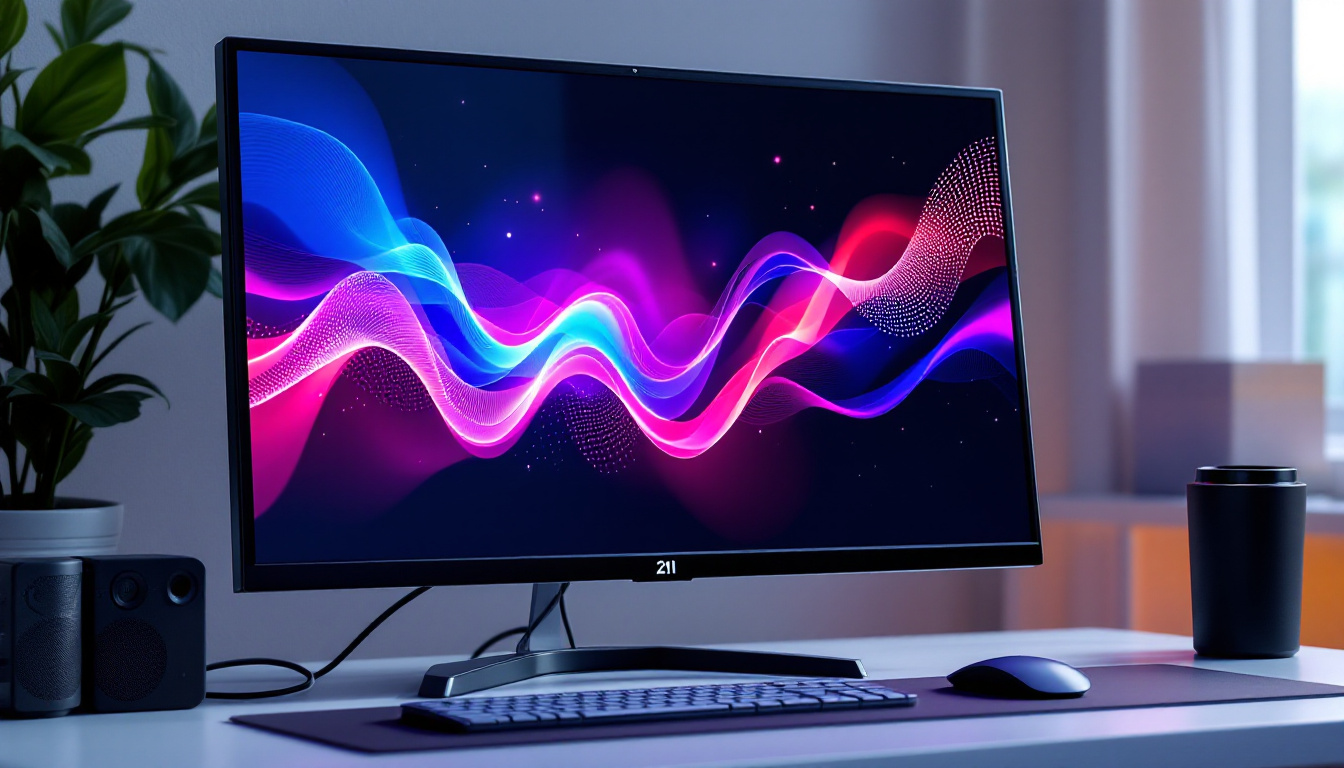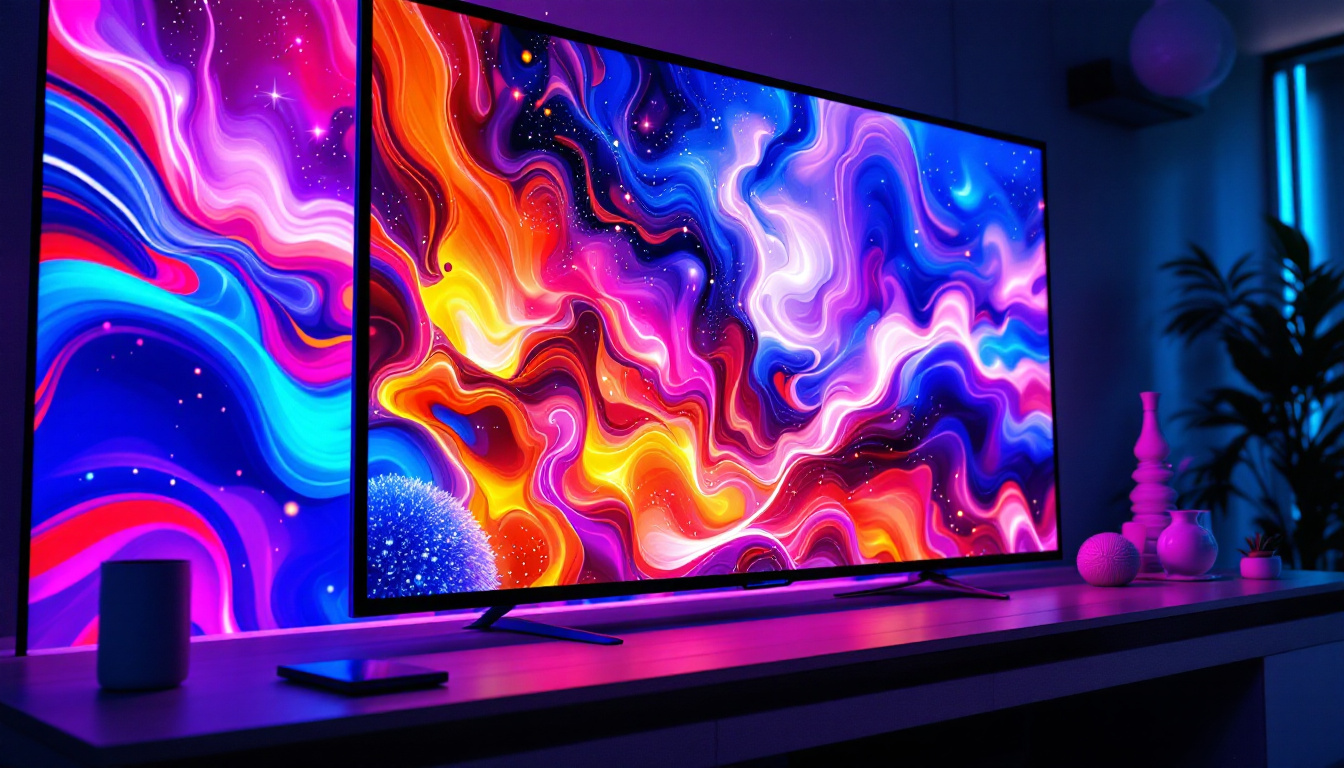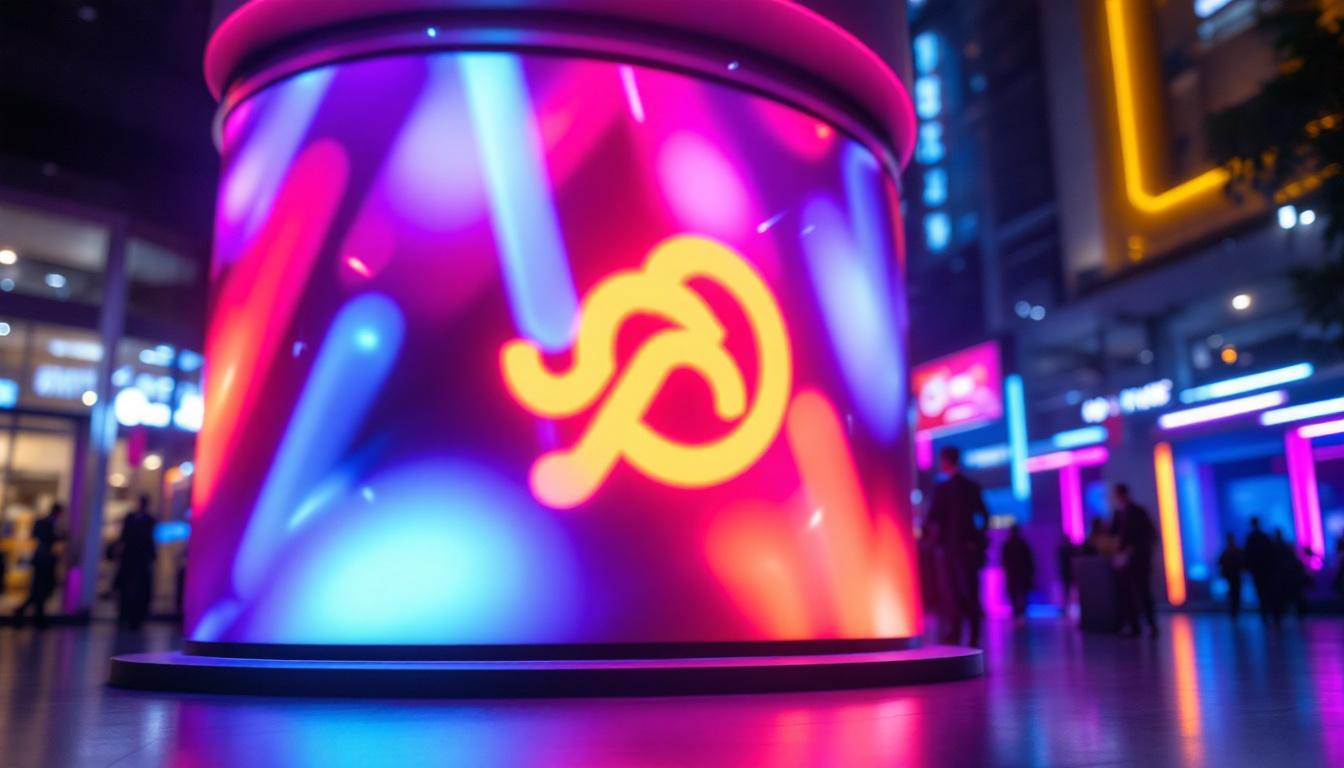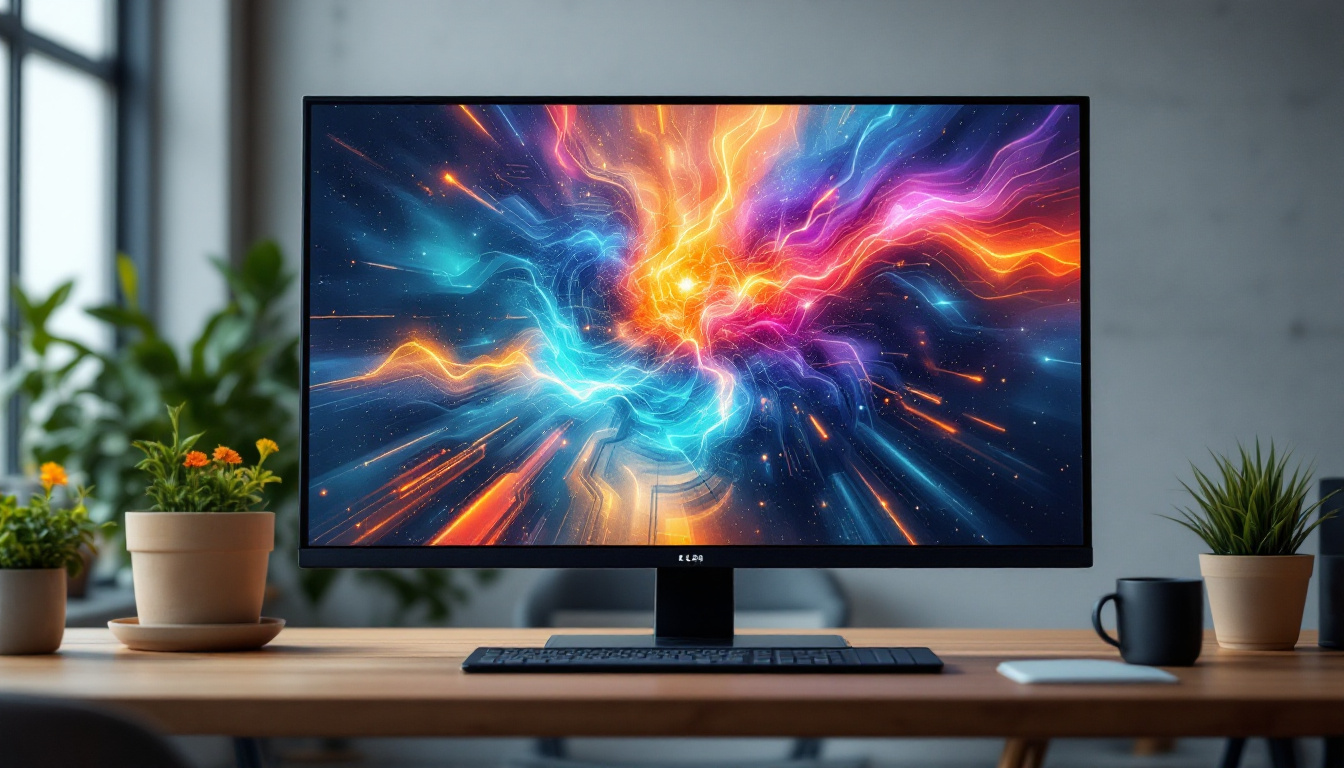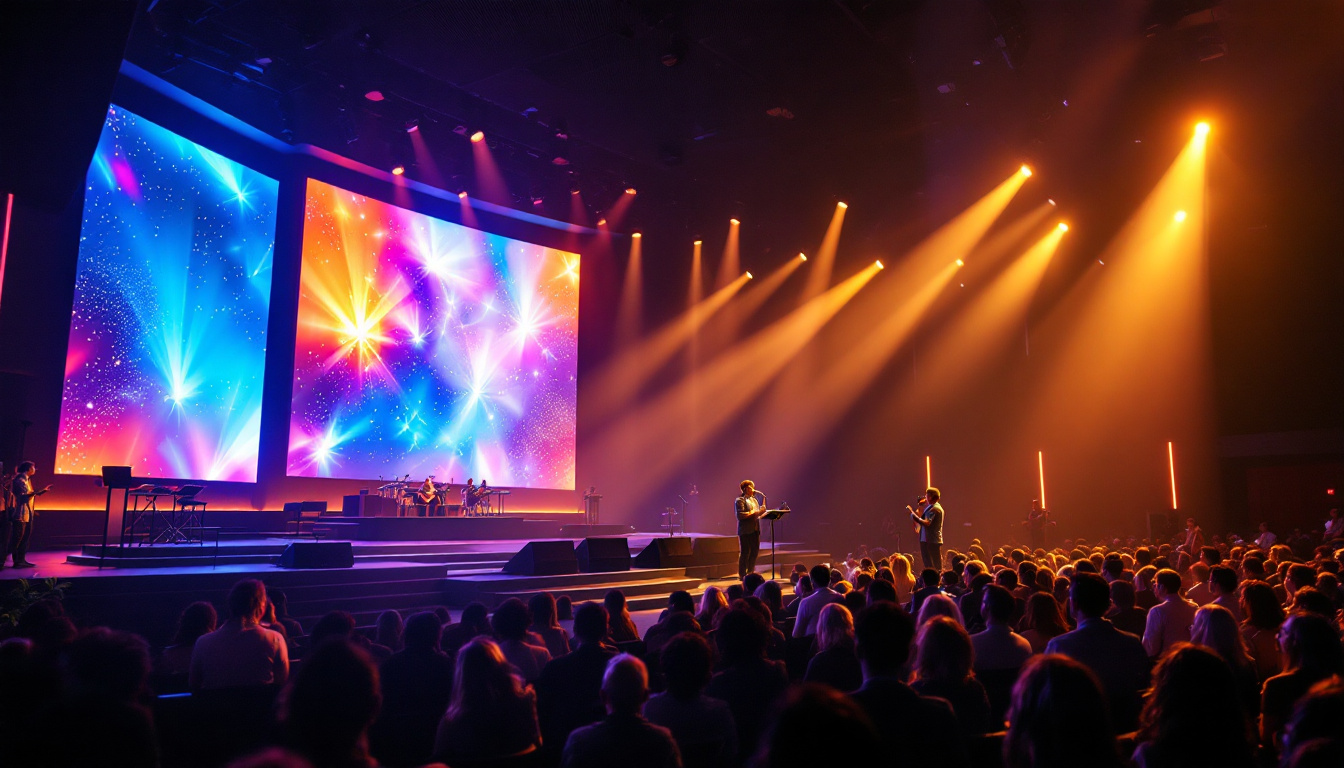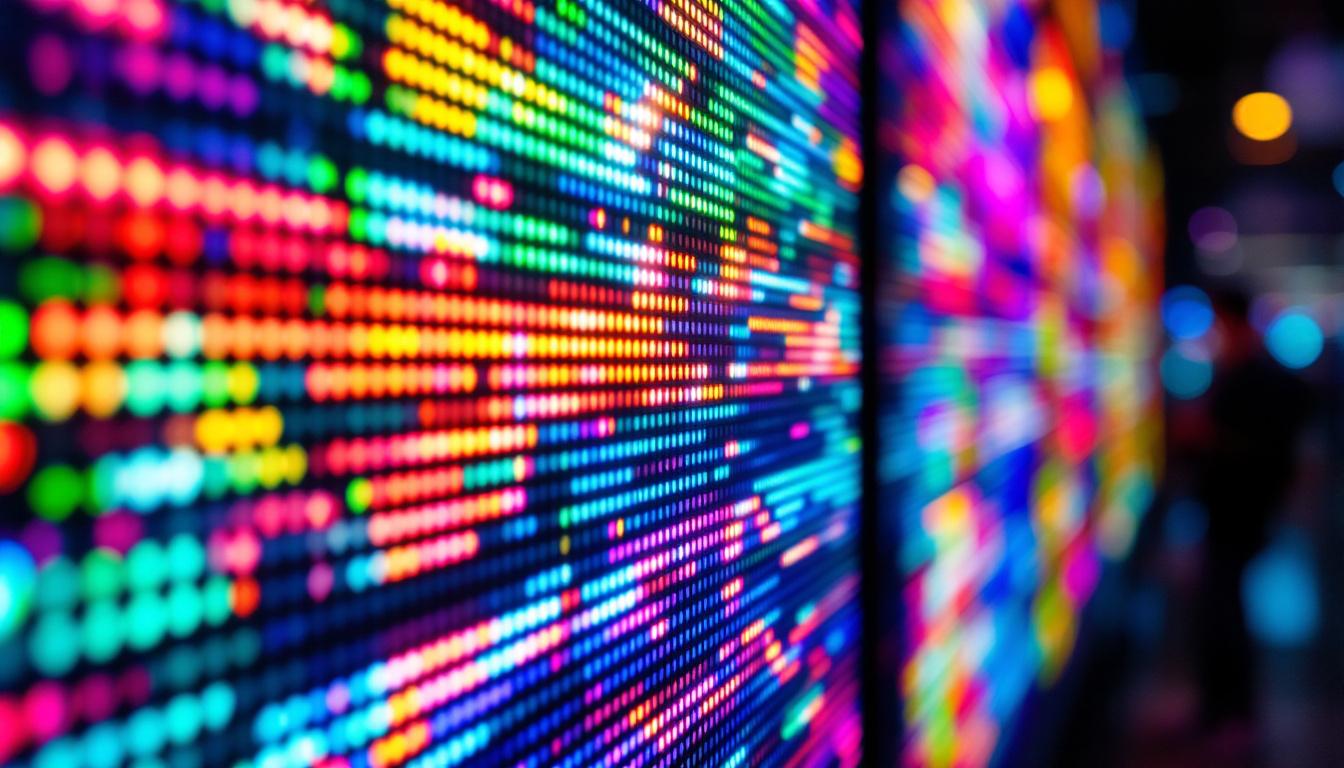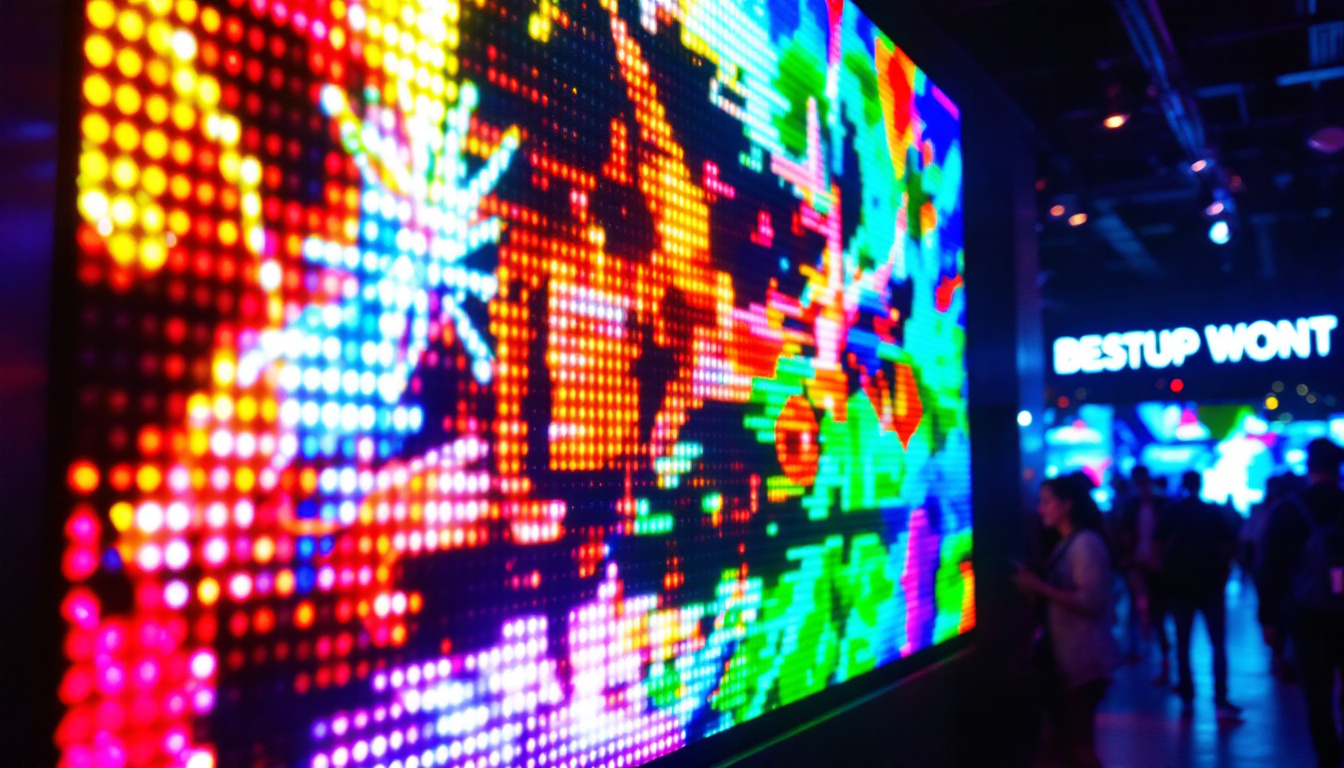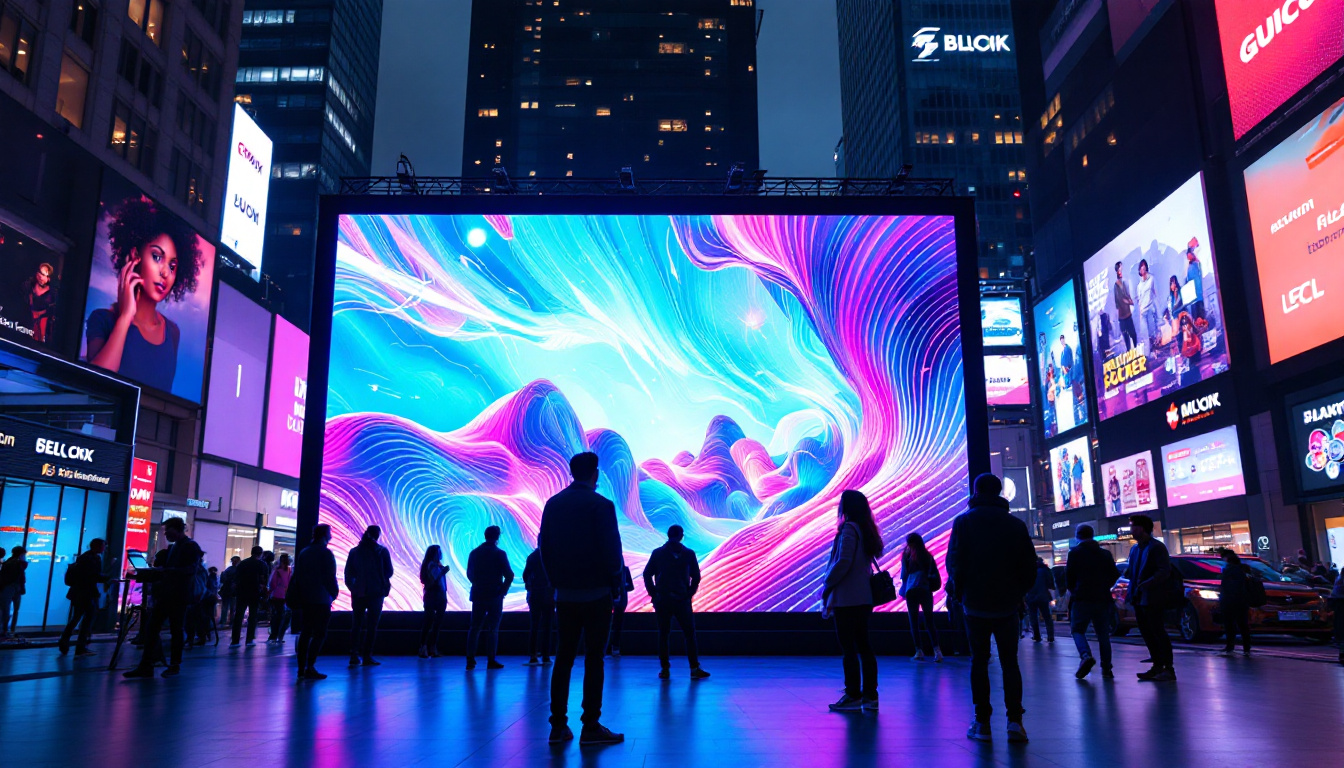In today’s fast-paced digital world, LED displays have become an essential component in advertising, entertainment, and information dissemination. The term “Poe Sale” might be unfamiliar to many, but it often relates to the sale or promotion of Power over Ethernet (PoE) enabled LED display systems. This article explores what LED displays are, the role of PoE technology in these displays, and why understanding these elements is crucial for businesses and consumers alike.
Understanding LED Displays: The Basics
LED, or Light Emitting Diode, displays are screens composed of numerous tiny light sources that emit light when an electric current passes through them. Unlike traditional LCD or plasma screens, LED displays offer superior brightness, energy efficiency, and durability, making them ideal for both indoor and outdoor applications.
Modern LED displays are used in a variety of settings, from giant billboards in Times Square to digital menu boards in restaurants. Their ability to produce vibrant colors and sharp images even under direct sunlight has revolutionized visual communication. This versatility has led to their widespread adoption across multiple industries, including entertainment, retail, transportation, and education, where clear and engaging visuals are paramount for capturing audience attention.
Types of LED Displays
There are primarily two types of LED displays: direct view LED displays and LED-backlit LCD displays. Direct view LED displays consist of LEDs that form the actual image on the screen, while LED-backlit LCDs use LEDs as a backlight behind an LCD panel.
Direct view LED displays are typically used for large-scale applications such as stadium screens, digital signage, and outdoor advertising. They offer higher brightness levels and better viewing angles. On the other hand, LED-backlit LCDs are common in consumer electronics like televisions and computer monitors due to their thinner profiles and lower costs. The choice between these types often depends on the intended use; for instance, direct view displays are favored for environments where visibility from a distance is crucial, while LED-backlit LCDs are ideal for home use where space and budget considerations are paramount.
Key Features and Benefits
One of the most significant advantages of LED displays is their energy efficiency. According to the U.S. Department of Energy, LED technology can reduce energy consumption by up to 75% compared to traditional incandescent lighting. This efficiency translates into lower operating costs, especially for businesses running large displays continuously. Furthermore, the reduced heat output of LED displays contributes to a more comfortable environment, particularly in enclosed spaces where multiple screens are in use.
Additionally, LED displays boast longer lifespans, often exceeding 50,000 hours of operation, which reduces maintenance and replacement expenses. Their modular design allows for flexible sizing and shapes, enabling creative and customized installations. This adaptability has led to innovative applications, such as immersive video walls in museums and interactive displays in retail environments, where businesses can engage customers with dynamic content that enhances the shopping experience. The ongoing advancements in LED technology continue to push the boundaries of what is possible, with developments in pixel density and color accuracy promising even more breathtaking visual experiences in the future.
What is PoE and How Does it Relate to LED Displays?
Power over Ethernet (PoE) is a technology that allows electrical power to be transmitted over standard Ethernet cables along with data. This eliminates the need for separate power supplies and outlets, simplifying installation and reducing costs.
In the context of LED displays, PoE technology is increasingly being integrated to power smaller or modular LED panels, especially in indoor environments. This integration offers several practical advantages that enhance the deployment and management of LED display systems.
The Advantages of PoE for LED Displays
One of the primary benefits of using PoE in LED displays is the reduction of cable clutter. Traditional LED setups require separate power and data cables, which can complicate installation and maintenance. PoE consolidates these into a single cable, making the setup cleaner and more manageable.
Moreover, PoE enables centralized power management. Facilities managers can remotely control power to individual LED panels or entire display arrays, improving energy efficiency and enabling quick troubleshooting without physical intervention.
PoE also enhances safety by delivering low-voltage power, which reduces the risk of electrical hazards during installation and operation. This is particularly important in public spaces and commercial environments where safety regulations are stringent.
Limitations and Considerations
While PoE offers many benefits, it is essential to recognize its limitations. The amount of power delivered over Ethernet cables is limited by standards such as IEEE 802.3af and IEEE 802.3at, with maximum power outputs ranging from 15.4 watts to 30 watts per port. This restricts PoE usage primarily to smaller or low-power LED modules rather than large-scale, high-brightness displays.
For large outdoor LED billboards or stadium screens, traditional power supplies remain necessary due to higher power demands. However, advances in PoE technology, such as the newer IEEE 802.3bt standard, are expanding power delivery capabilities, potentially increasing the scope of PoE-powered LED displays in the near future.
Applications of PoE-Enabled LED Displays
The combination of PoE and LED display technology is particularly well-suited for specific environments where ease of installation, flexibility, and safety are paramount. Understanding these applications helps businesses and organizations make informed decisions when investing in digital signage and display solutions.
Indoor Digital Signage
Retail stores, corporate offices, and educational institutions increasingly use PoE-enabled LED displays for indoor digital signage. These displays can be installed in locations where power outlets are scarce or difficult to access, such as suspended ceilings or glass walls.
For example, a retail chain might deploy modular PoE-powered LED panels to create dynamic window displays that attract customers without the need for extensive electrical work. The ability to control these displays remotely also allows for real-time content updates and energy savings during off-hours.
Smart Building and IoT Integration
In smart buildings, PoE LED displays can serve as interactive information hubs, providing occupants with real-time updates on building status, weather, or emergency alerts. Because PoE supports both data and power transmission, these displays can easily integrate with Internet of Things (IoT) systems, enhancing building automation and user experience.
For instance, a corporate campus might use PoE-powered LED panels in conference rooms or lobbies to display meeting schedules, visitor information, or environmental data such as air quality and temperature.
Transportation and Public Spaces
Transportation hubs like airports and train stations benefit from PoE LED displays due to their modularity and ease of maintenance. These displays can be installed in ticketing areas, waiting lounges, or platforms to provide travelers with real-time information, wayfinding assistance, and advertising.
PoE technology simplifies the deployment of such displays in locations where running separate power lines would be costly or disruptive. Additionally, the low-voltage nature of PoE enhances safety in crowded public spaces.
Choosing the Right LED Display with PoE Capabilities
Selecting an LED display system that incorporates PoE technology requires careful consideration of several factors to ensure optimal performance and return on investment.
Assessing Power Requirements
Understanding the power consumption of the intended LED display is crucial. Smaller indoor displays with lower brightness needs are ideal candidates for PoE. However, if the display size or brightness requirements exceed PoE standards, alternative power solutions should be considered.
Consulting with manufacturers or system integrators can help determine whether PoE is a viable option based on the specific application and environmental conditions.
Evaluating Network Infrastructure
Since PoE relies on Ethernet cables, the existing network infrastructure must support the additional power load. This includes ensuring that network switches and cabling meet the necessary PoE standards and can handle the total power budget for all connected devices.
Upgrading to PoE+ or PoE++ switches may be required for higher power demands. Additionally, network security and data transmission speeds should be evaluated to maintain reliable and secure operation of the LED display system.
Considering Installation and Maintenance
The ease of installation is one of the main advantages of PoE-enabled LED displays. However, it is important to plan for maintenance access, especially for displays installed in hard-to-reach locations.
Modular designs that allow for quick replacement of individual LED panels can reduce downtime and maintenance costs. Additionally, remote power management capabilities provided by PoE can facilitate troubleshooting and reduce the need for on-site visits.
The Future of PoE and LED Display Technology
As LED technology continues to evolve, the integration of PoE is expected to expand, driven by advancements in power delivery standards and increasing demand for flexible, energy-efficient display solutions.
The IEEE 802.3bt standard, also known as PoE++, supports power delivery up to 90 watts per port, opening new possibilities for powering larger and brighter LED displays via Ethernet. This development could significantly reduce installation complexity and costs for mid-sized digital signage applications.
Furthermore, the growth of smart cities and IoT ecosystems will likely increase the adoption of PoE-powered LED displays as interactive information points and dynamic advertising platforms. Enhanced connectivity and centralized control will enable more responsive and adaptive display content tailored to real-time conditions and audience engagement.
Innovations in Display Technology
Beyond power delivery, innovations such as microLED and miniLED technologies promise even higher brightness, better color accuracy, and longer lifespans. These advancements will complement PoE integration by enabling more efficient and versatile display systems.
Additionally, developments in wireless data transmission and power delivery could eventually reduce reliance on physical cables altogether, further simplifying installation and expanding the use cases for LED displays.
Conclusion
LED displays have transformed the way businesses and organizations communicate visually, offering vibrant, energy-efficient, and durable solutions for a wide range of applications. The integration of Power over Ethernet technology into LED display systems adds a layer of convenience, safety, and flexibility, particularly for indoor and modular installations.
Understanding the capabilities and limitations of PoE-enabled LED displays is essential for making informed purchasing and deployment decisions. As power delivery standards improve and display technologies advance, PoE is poised to play an increasingly significant role in the future of digital signage and visual communication.
Whether for retail, corporate, transportation, or smart city applications, PoE-powered LED displays offer a compelling combination of performance and practicality that can help organizations engage their audiences more effectively while optimizing operational efficiency.
Discover LumenMatrix’s Innovative LED Display Solutions
Ready to elevate your visual communication strategy with the latest in LED display technology? LumenMatrix is at the forefront of creating immersive and dynamic visual experiences that captivate and engage. From versatile Indoor LED Wall Displays to impactful Outdoor LED Wall Displays, and from mobile Vehicle LED Displays to eye-catching LED Poster Displays, our solutions are designed to meet your unique needs. Explore our innovative LED Sports Displays, interactive Floor LED Displays, and the sleek All-in-One LED Display options. For a truly unique presentation, inquire about our Custom LED Display and LED Transparent Display solutions. Embrace the future of digital signage with LumenMatrix and transform how you connect with your audience. Check out LumenMatrix LED Display Solutions and see how we can help you make a lasting impression.

